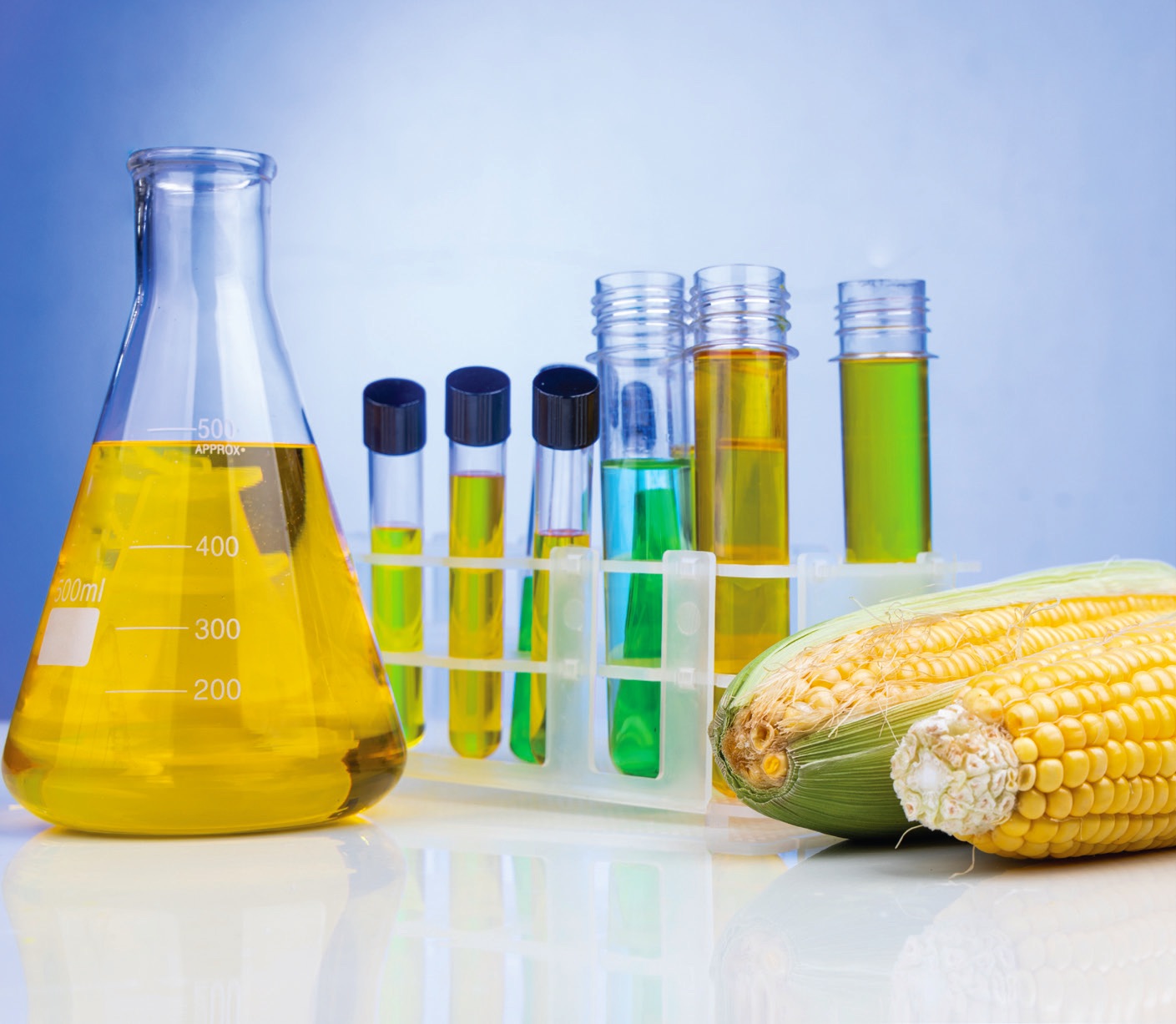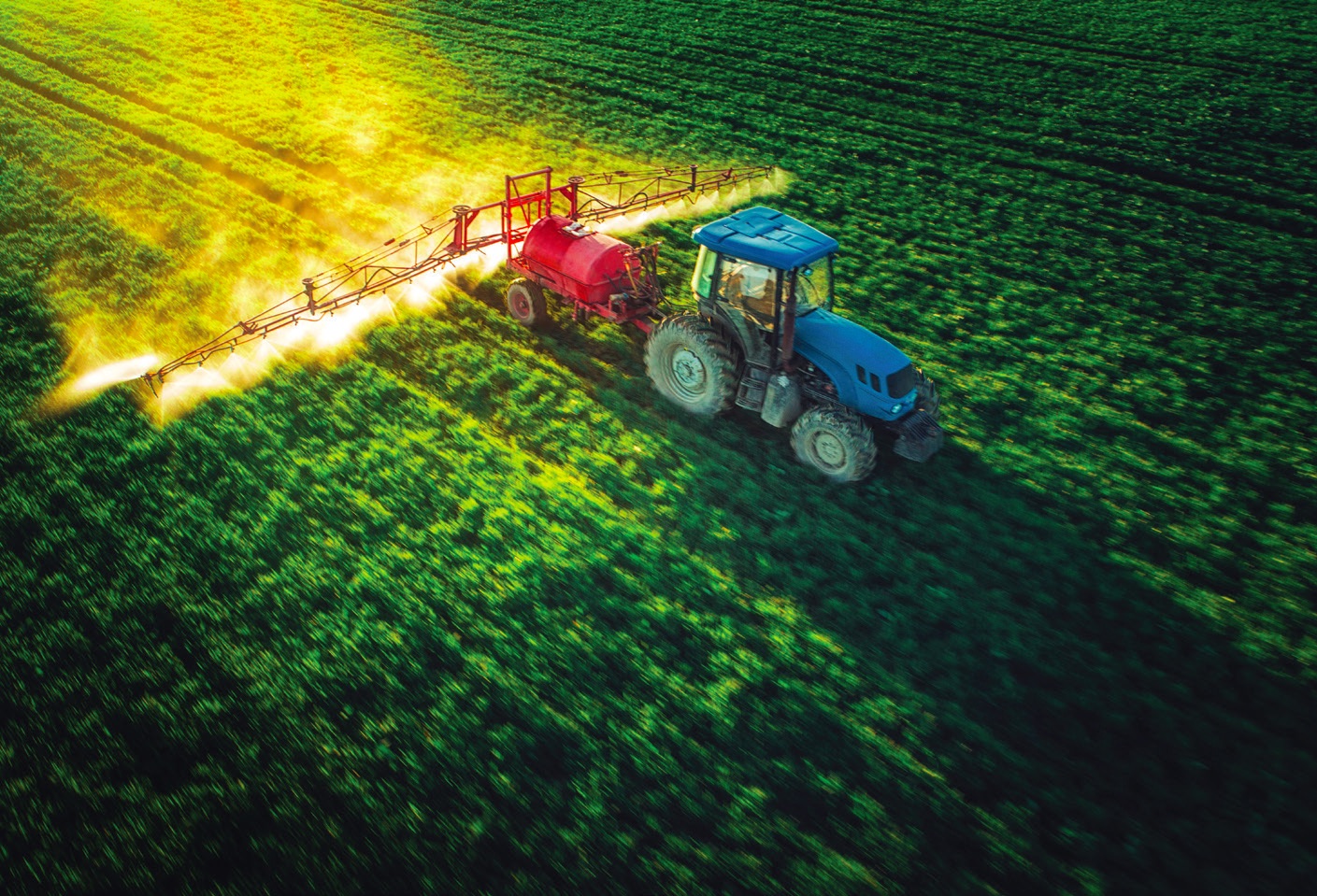Executive Summary
The market for biobased lubricants, oils and additives is certain to grow in the near future. The increase in demand will be driven by a variety of factors, with government regulations and environmental concerns ranking high on the list. Applications that readers predict will see the biggest growth include the marine, agriculture, forestry and automotive industries, where environmental concerns have the biggest impact on health and safety. Cost savings and consumer perception also play important roles in deciding where and when to switch to biobased products.
Q.1 What do you think will be the biggest driver to push use toward biobased lubricants and additives?
The need for circularity if global warming is to be mitigated.
Environmental impact and perception of being better for the environment.
The biggest driver likely could be increased regulation, but if prices were to flatten or become more comparable to traditional fluids, that also would likely assist the acceptance of the biobased products.
The only way biobased products will ever obtain a significant portion of the market share is if the pricing becomes competitive with petroleum-based products.
To reduce the environmental pollution and emissions by using fossil fuels. Biobased lubricants are ecofriendly.
Cost and environmental concerns.
Shortages of other lubricants currently and in the near future. Also, increased concerns around environmental protections.
Government legislation and customer demand for “green” solutions.
Legislation.
Government direction.
As fossil fuels are used and produced less due to the move to electric transportation, there will be a similar decrease in the use and production of mineral base oils. For non-transportation applications requiring lubrication, the use of biobased fluids will be more sustainable than the use of mineral oil-based lubricants.
Additives tailored to biobased fluids will need to be developed, with many of the additives being biobased themselves.
Change in environmental regulations either forcing companies to use them or giving incentives as far as leaks and spills go to make it less costly to clean those up.
Legislation to require the use of biobased lubricants.
Climate change.
Performance.
Government regulations.
Legislation.
Government overreach and political pressure.
Technology developments in both biobased oils and biobased additives.
Cost.
Carbon neutral offers and environmental concerns.
Long-term growth in electric vehicles means smaller refinery runs for gasoline, making base oil availability questionable.
Biobased base oils have distinct advantages, including a high viscosity index and biodegradability compared to many mineral-based oils, yet the issue is the cost, lack of oxidation resistance and limited molecular weight, which hampers the viscosity ranges available. If the viscosity could be dialed in better and a robust antioxidant employed, it would still have to outperform mineral based for the price. Overall, I don’t see the advantages without considerable research efforts, and then to what gain? If there’s the desire to make a “lube-for-life” lubricant, then the only thing that biobased would have is biodegradability—it becomes a moot point.
Regulation, followed by public (customer) perception.
Government regulations!
Legislation. It is already happening in Europe.
Lower emissions and higher prices of petroleum products in the near future.
Sustainability programs.
Government regulations on CO2 emission control.
Market need and environmental regulations.
The decline and disappearance of non-biobased lubricants and additives.
Environmental impact.
The drive to sustainability.
Should governments make usage of biobased lubricants mandatory by law, there would be a significant “push.”
Legislation toward environmentally acceptable lubricants (EALs). Close second: Greenhouse gas legislation that takes away capacity to manufacture more traditional (largely petroleum-based) raw materials.
Companies’ sustainability efforts, driven by regulations and customer demands.
Sustainability and ecological considerations.
Government mandate on emission reduction.

Government regulation, public awareness and the desire and initiatives for lower carbon and sustainability will drive the growth of this market.
Ultimately, the biggest driver for biobased lubricants will come from end-users who are looking to meet sustainability mandates and reduce their carbon footprint.
Environment and environmental issues.
Environment protection in case of spill, product disposal cost and impact on environment and lower interest in developing hydrocarbon-based product.
Excellent performance. Biobased ingredients have always been used in applications where they provide the best value. The number of biobased lubricants continues to grow, and they are almost always targeted at high-end applications where performance is the key. It is rare to find someone using a biobased lubricant just because they are concerned about the environment.
Cost and performance will always be paramount. I am hopeful that performance enhancing benefits might be found.
My company has developed a couple of biobased additives that show potential performance benefits, while still being mindful of cost.
Regulation.
Local environmental rules and regulations.
Environmental regulation.
Currently, according to the news, the price of crude oil is to increase. Therefore, high yields of crops presenting a reliable supply of inexpensive biobased oils will push the consumer market toward biobased lubricants, additives and fuels.
I have not read any reports regarding the use of naphthenic oils with electric vehicles. Perhaps, biobased lubricants, additives and fuels are on the cusp of becoming the default product. Yet, the petroleum industry continues to bring new oil wells into production.
Environmental regulations.
Prices.
Biobased additives and lubricants will remain a focus of growth due to the legislation that requires finished lubricants to be biodegradable, minimally toxic, not bio-accumulative and sustainable. In the past 10 years, the quality and performance of biobased lubricants have improved significantly as better base fluids and additives have been developed. This push toward the development of biobased lubricants was started after the Vessel General Permit (VGP) 2013 and Ecolabel standards were enacted.
The main driver will be regulatory.

Global warming issues.
In your opinion, what do you think the growth of biobased oils and additives will look like in the near future?
No change/flat
1%
Increase a little
62%
Increase a lot
36%
Decrease
1%
Based on an informal poll sent to 15,000 TLT readers.
The U.S. Environmental Protection Agency (EPA) regulations require vessels sailing in the U.S. waters to have a VGP and that they use environmentally friendly, biobased lubricants oil to sea interfaces.
The allure of helping the environment.
The biggest driver to push use toward biobased lubricants and additives would be increasing environmental concerns arising out of issues of using potentially polluting materials (non-biodegradable and toxic), which are likely to enter the environment during production, use and disposal.
Government regulations.
It will mainly be water pollution as that pollution is impossible to isolate. Soil can be dug out and processed; surface water and sea water cannot. Biobased lubricants must be disposed of the same way as non-biobased lubricants. However, some applications do not allow for collecting waste lubricant.
The performance and its compatibility to certain additives.
Q.2 What market or application do you think will see the greatest growth?
Industrial applications, commercial transport.
I think many—hard to pick one.
Automotive probably or diesel truck and off-road equipment.
Marine.
Less demanding applications with lower temperatures and limited exposure to water and other contamination.
Automotive, aviation, construction, mining, transformers, marine and power plants.
Marine, environmentally sensitive areas.
Agriculture/industrial.
Agricultural and marine industries.
Industrial fluids.
Forestry, lumber, logging.
Metalworking fluids.
Industrial lubricants in general will see the greatest move to and growth in biobased fluids.
Metalworking fluids.
Mining, state and government jobs.
Marine, forestry, farming.
Those monitored by the EPA.
Jet fuel (not a lubricant or additive).
For an actual lubricant, probably automotive lubricants.
Electric vehicles. Maybe not biobased lubricants, but instead readily biodegradable lubricants will be what’s important.
Fuel.
Electric vehicles.
Industrial lubricants.
Food-grade products would be the best fit.
The most significant growth would be in the business sectors with a mandate to use, especially EALs in the marine industry. With the latest technology developments in safer additives and oils, it is now possible to formulate lubricants similar to petroleum lubricants with added safety benefits and minimal toxicity in multiple sectors if the biolubricants meet EAL criteria.

Food.
Hydraulic fluids.
Industrial and off-highway applications.
Hydraulic fluids in the short term; more demanding applications such as gear oils and greases will follow as bioderived hydrocarbon and estolide base stocks, among others, become more widely available.
Agriculture.
Marine.
Railroad.
Engine/vehicle device oils and greases.
Farm, wood, hydroelectric, water treatment, forest, marine and big companies with strong environment policies.
Industrial lubricants.
Marine and industrial oils.
Agriculture.
Power generation.
Marine transportation, agriculture.
Construction and mining industries.
Hydraulic oils.
Consumer markets (motor oil), vehicle lubricants and hydraulic fluids.
Grease applications.
Fuels and electric vehicle market.
Industrial and marine segments likely will contribute to the greatest growth of biobased and biodegradable lubricants.
The use of biobased lubricants in power generation, in particular wind turbines, should see significant growth during the decade.
General industrial and commercial applications.
Hydraulic fluid, especially in sensitive areas (near water, woodlands operation, etc.).
Farming, mining, forestry, marine and anything outdoors. As an example, biobased hydraulic fluids have been used for years because of their excellent performance. They should continue to gain market share.

The automotive sector has strong sustainability goals and appears to be open to innovation in this area.
Metalworking fluid and transformer oil.
The electric vehicle market surely will grow with great momentum.
Heavy equipment—mining and forestry.
Automotive chassis lubricants (lubricating grease) may very well be the growth market of the future. This is especially true if electric vehicles overwhelm the market; crankcase lubricants will be on the decline. Differential fluids will remain constant.
Marine application.
Marine and agriculture.
The marine industry was the initial focus of the VGP 2013, and now that there are products that can meet their performance requirements, the growth of biobased lubricants and additives will continue. Construction sites along waterways also have the potential to be a source of growth for EALs.

Outside applications.
Fuels and base oils.
Marine applications.
Hydraulic, greases and metalworking.
Anything that can be marketed as “green.” E-vehicle lubrication, wind turbines, etc. Companies have realized that green is a moral duty and a selling point.
Marine, agriculture and forestry.
Market related to fossil fuels as exchange of the resources.